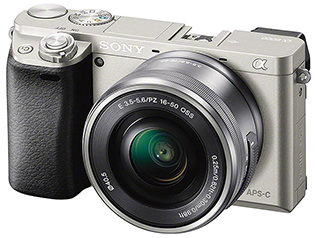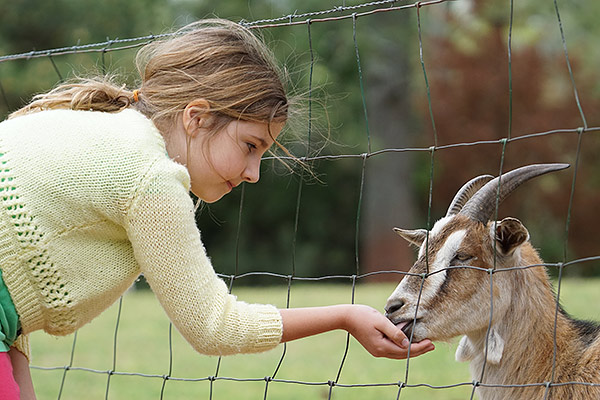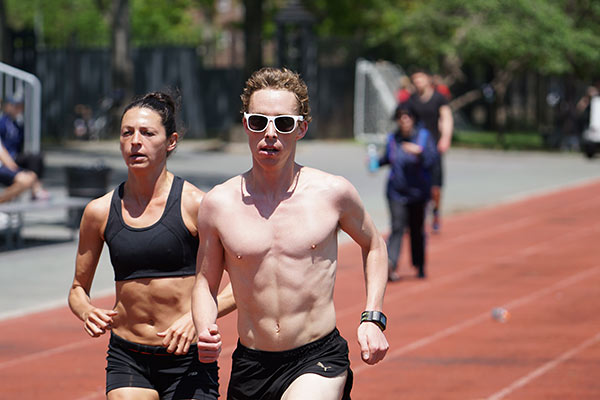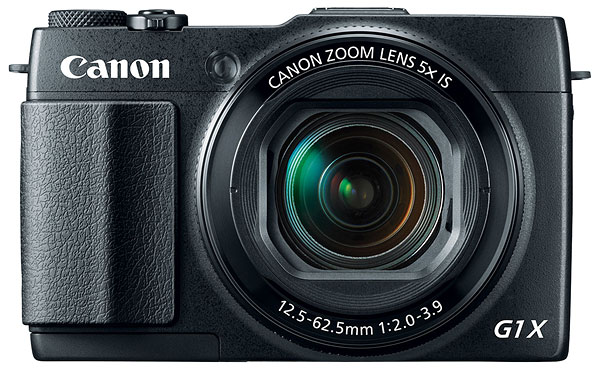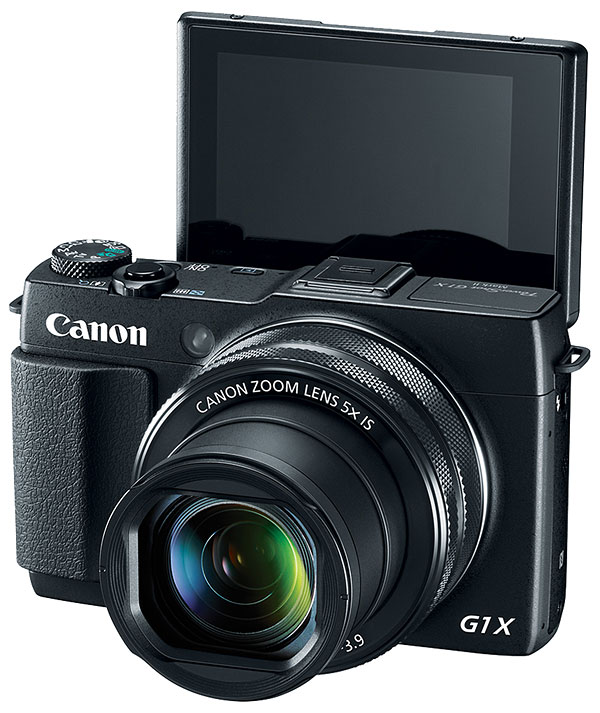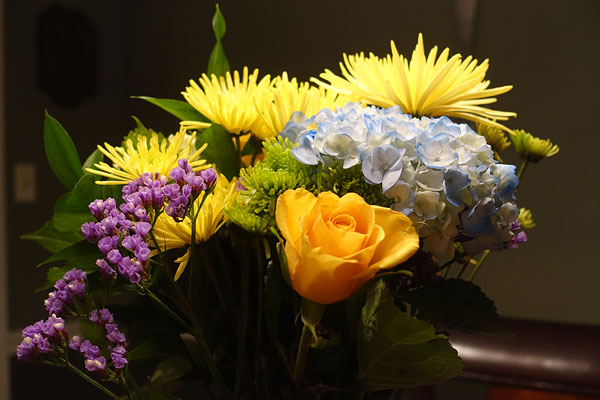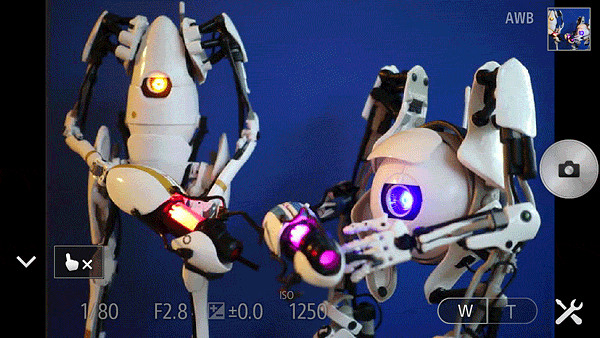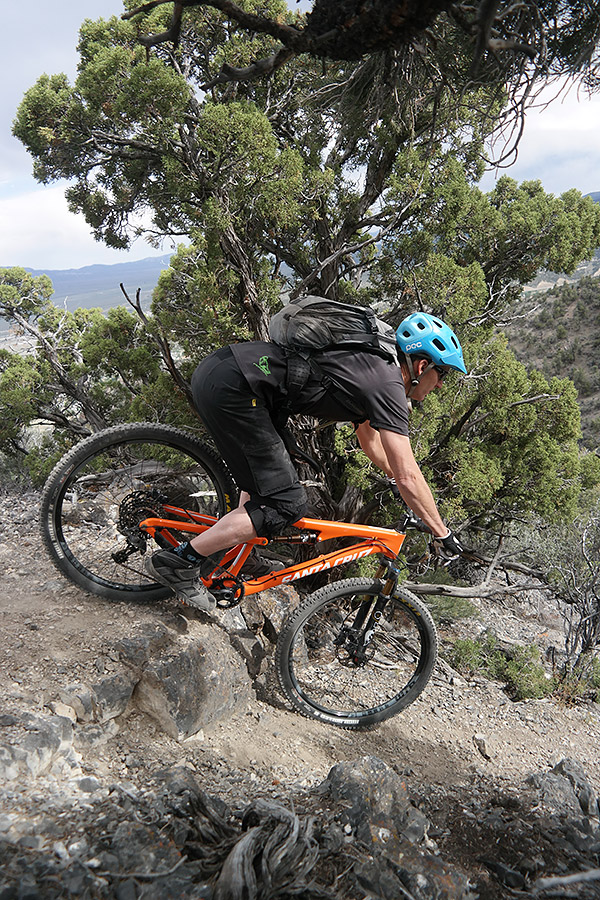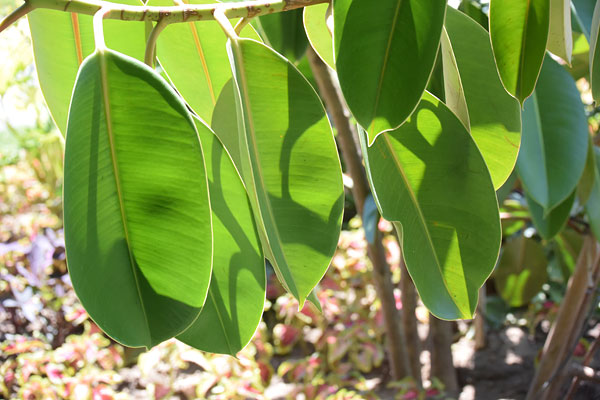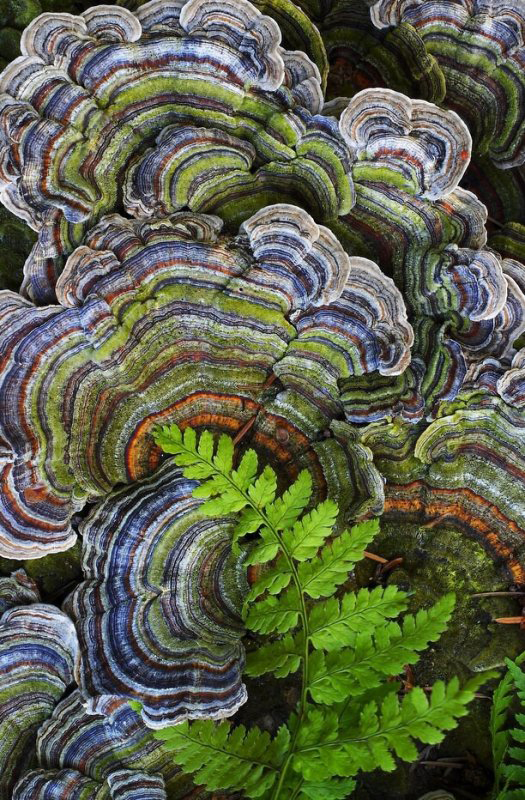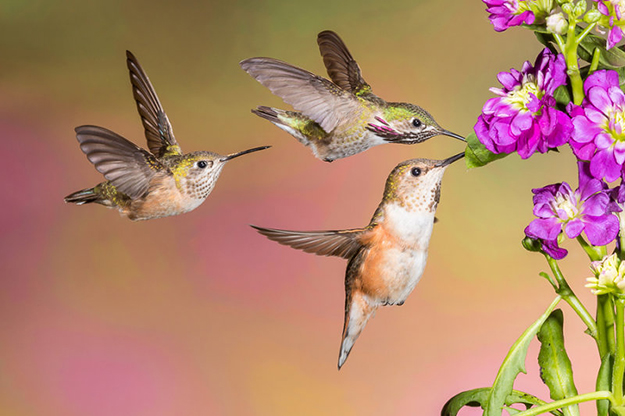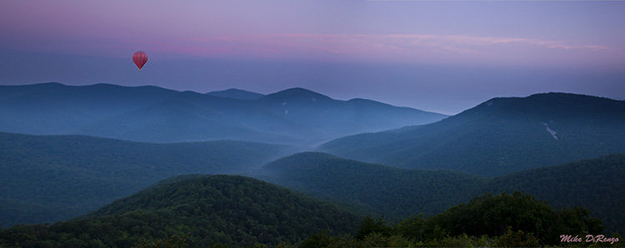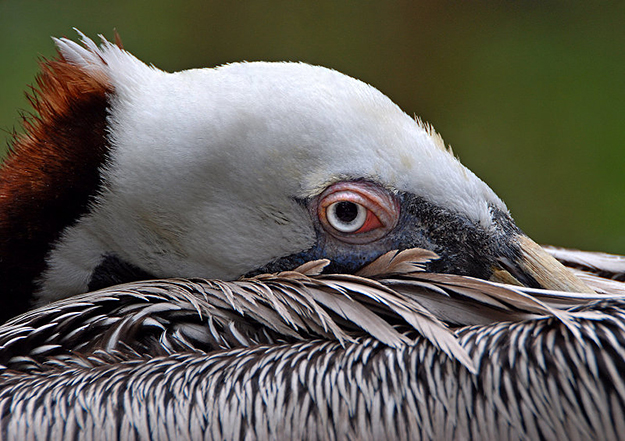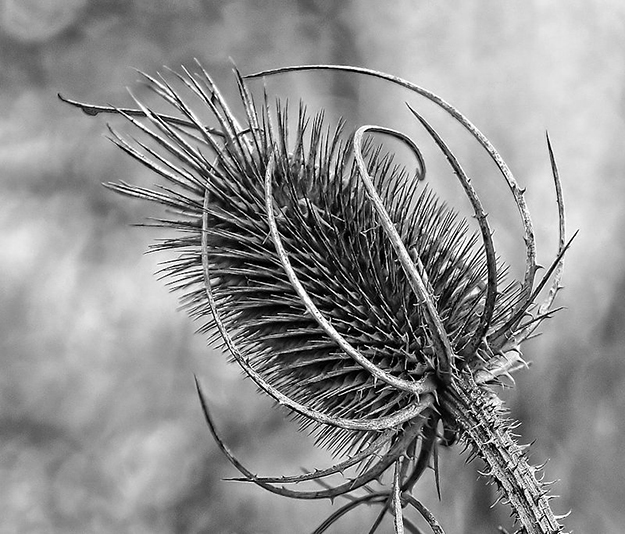Newsletters |
|
| Archive With Subject Listings |
|
Advertising |
|
| Media Kit Circulation, Ad Rates, Schedule |
|
More Information |
|
| Subscriber Services Subscribe, Unsubscribe |
|
| FAQ Frequently Asked Questions |
|
Connect With IR |
|
----------------------------------------------------------------------------------------------------- FEATUREHow high can your camera fly? We present our 2014 High ISO 8 x 10 print showdown (EXCERPT)by�Dave Pardue  UPDATE 7/16/14: Seeing all these cameras lined up like this, IR Tech editor Zig Weidelich pointed out that some of the cameras listed weren't necessarily shooting at the ISOs they were set to. See�NOTE 1�below for an explanation of this, and the changes we made to this story as a result. Here at IR we're a bit old-fashioned in one sense, in that many of us still like to print our photos for displaying on walls or sharing with family and friends. We also share another love, and that's the ability to capture good images in low light without needing to rely on a flash. We learned many years back that print quality doesn't necessarily follow in lockstep with an image's on-screen appearance, viewed at 100%. Sometimes, noise in one camera's images can actually look worse on-screen than a second camera's, yet the second can produce better-looking prints. We've also found that, at any given ISO level, there's a fairly distinct maximum print size you can manage before the image quality drops visibly. This is why we make dozens of prints for most cameras we test: to report on just how the cameras stack up against each other when it comes to print size from default JPEGs. (See note 1 below, and thanks to Canon for their support of these efforts, providing printers like the excellent PIXMA Pro 100�and the liters of ink we go through in a typical year.)�As far as we know, we're the only camera review site that performs this service for readers on a consistent basis, and we're proud to deliver this unique content in most of our reviews. Another great reason to perform this test is that it really doesn't matter how high your camera says it can go on the ISO scale. After all, we see some cameras that can print a good 5 x 7 at their highest ISO, and yet others who can't even print a reasonable 4 x 6 at their top�two�ISOs! Obviously there is a good bit of discrepancy from camera to camera, and some manufacturers tend to be more realistic in their claims than others.
Recently, while discussing print sizes for a camera under review, we thought it might be interesting to post a quick comparison of print sizes for some of the key cameras we've tested in the last year or so. Our goal is to compare the maximum ISO each model can reach and still deliver a solid 8 x 10 inch print. We chose 8 x 10 since it's a common print size, but still larger than a typical snapshot. And when we say a "solid print" we mean one with good sharpness, contrast, detail, color and very little visible high-ISO noise. In other words, a print that we'd be proud to show to a friend or colleague. So, just how high can the current models fly? Below are some examples of the most popular cameras selling today and how they fare in this competition. The listed ISO is the highest sensitivity at which you can expect to achieve a good 8 x 10 inch print - crisp and full-colored with little to no obvious noise reduction artifacts. We've grouped them by their ISO ranking, starting with a few popular premium compacts that can print a good 8 x 10 at ISO 800, and then moving steadily onto the higher fliers. NOTE 1:�Most cameras "cheat" a little on their ISO rating, in that the actual sensitivity at the sensor level is lower than the camera's setting would indicate. Most of the time, the fudging is minor, on the order of a third of an f-stop or less. Other times it can be quite a bit more. To take this into account, we've updated the ranking based on ISO sensitivity numbers as measured by DxO and available on their�DxO Mark website. The numbers in parenthesis below show the camera setting and the actual ISO as determined by DxO's evaluation. Accordingly, some cameras will appear in a lower ISO category than they were set to when the shot was captured. We've set the threshold for "demoting" a camera to a lower category when it undershoots its rated value by 30%, which is half an f-stop below the rated value. This will mean that cameras moved to a lower category in this way will generall
y be operating at a higher actual ISO than others in the new category, plus or minus a half of a stop is the "rounding error" anyway. We've color-coded the listings to highlight some of the variations. Actual ISO levels noticeably above the camera's setting are shown in�bold green, those more than 20% below the category value are shown in�red, cameras shooting more than a half-stop below their rated value have the ISO setting shown in bold red�and appear in the next-lower category. Many of the demoted cameras will then be shooting somewhat above the category level, so their measured ISO value will appear in bold green as well. (We know it's a little confusing, but think it'll become clear when you read through the data.) Head over to Imaging Resource to see the results of our print analysis rankings, and see how high your camera's ISO can go and still get a solid 8 x 10 print. --- Bracket fungus, flowers and flight: We present our June POTM contest winnersby�Dave Pardue We have a nice variety of prize winning photographs to showcase for the month of June! From a gorgeous shot of colorful fungus to a really great shot of barbed plant life from Steve Webb, these images are worth taking a look at. The top three winners from this month all receive gift certificates from�Adorama�of $300, $200 and $100, respectively, so if you've been on the fence about entering our contest, don't wait any longer! Entering is free and easy - just�click here�for all the details. Below are our�contest winners�for the month of June, with commentary for each from our publisher Dave Etchells:
Pattern-of-nature shots can be tough to pull off sometimes. While interesting in themselves as abstract art, randomly repeating patterns can often leave you hunting for a "subject" for your photo, to capture and direct your viewers' eyes. LB's winning photo solves that problem beautifully, with the little fern frond popping up from the lower right. It nicely reinforces the orange bands of the largest fungi at center and lower right, and directs your eye to one of the classic "rule of thirds" points within the frame. There's also the vivid contrast between the soft, rich green fern frond and the hard-edged, complex patterns of the fungi, which adds visual contrast, and helps frame the frond as the primary "subject". (It's interesting, in that the real subject here is the fungi, but the fern serves that purpose compositionally.) All analysis aside, it's a beautiful shot, congrats to LB for seeing and capturing it!
Wow, what a great action shot! Melissa must have had a pretty quick flash, to be able freeze the hummers' wings so sharply. It varies a lot by species, but these little guys are probably beating their wings about 50 times per second. So they'll go from up to down or down to up in just 1/100 second. Even a 1/1000 second strobe would result in a good bit of blur, so Melissa's had to be firing at a fraction of full output to be fast enough to freeze them so completely. It's likewise interesting to note that she was shooting at f/20, to have enough depth of field to get everything in focus. Given how blurred the background is, we suspect Melissa may also have selected her subjects and then blurred the background in Photoshop - All entirely legitimate, just mentioned here to suggest the technique to others. It's also possible that this is a composite of three separate shots of the birds, which would be OK as well. All the technical details aside, though, this is a great shot artistically as well. The lines of the birds bodies and beaks direct your gaze to a focal point on the flower clump, but the little guy on the left keeps tugging your eyes back, to repeat the journey. I've always found images that pull my eyes around like this the most interesting. Rather than just glancing and saying to myself "oh yeah, a pretty picture", they draw me in and keep me engaged with them much longer than otherwise. It's important, though, that the other elements tugging at my eye be part of the picture, as in this case, rather than some random, distracting detail. I also like just the shapes and positions of the birds' bodies here, and how they fill the space. If it is a composite, it's well done; if it isn't, then I'm sure Melissa took a lot more shots in total that I'd already been thinking she had. (Another side note about composites: One thing about this shot that would make it work well for compositing is that the light source and camera would always be in the same place. Different lighting angles in images being composited together almost invariably trip you up and produce unnatural-looking results.) All in all, a beautiful photo, that took technical mastery, patience, and a good eye to pull off. Big props to Melissa on this one, really well done!
Mike's no stranger to these pages; he has a really great eye, and consistently turns in some great work. This is a lovely, moody shot, brought to life by the hot-air balloon in the upper left. The mist filling in the valleys, with the mountain peaks rising above it creates a heightened sense of dimensionality in the mountains, and the general atmospheric haze lends great depth to the image. This is another image where a dynamic tension between elements adds interest. On the one hand, the leading lines in the middle distance and tonality of the mist and mountains draw your eyes to the central valley, but the ridges of the two closest ranges of hills point to the balloon, and the contrast of the balloon itself commands attention. I spent a peaceful minute or two, just letting my eyes wander across the scene. Another beautiful shot, congrats to Mike (again!)
What a commanding, visually interesting portrait! The bird's coloring, the layering within the image, and the just off-center position of the bird's eye capture your gaze immediately. I love the base the foreground feathers provide for the composition, and how the strong contrast between the brown and white features on its head separates it so well from the deep green background. The center of focus is perfectly placed here as well; the slight softening of the bottom layer of feathers prevents their strong contrast from drawing too much attention away from the central subject. It's a good exposure too, taking maximum advantage of the available tonal range. Some of the feathers on the very top of the birds head just edge into being blown out in the blue channel, but I don't think you'd want to knock the exposure down or reduce the contrast by much, as the strong highlight plays so well with the background and lower parts of the bird's face. All in all, a great nature shot, congratulations to Lorenzo for capturing it!
Steve Webb will be another familiar name to anyone who's been following this contest for a while; he's turned in a lot of really great shots. This is a really nice macro study in black and white, I like how the larger, outer branches contain the spines on the inside. The curving, stepped shapes formed by the rows of spines is fascinating as well. I'm a little unsure about the background here, though - While on the one hand, the broad dark lines (branches in the background, I'd assume) appear to radiate from and draw attention to the central subject, I also find them a little distracting. The lens used also produces slightly hard-edged bokeh patterns in the background that compete for attention with the subject. That said, though, I'm not sure that the same subject against a perfectly smooth or at least very soft background would be as interesting. At the end of the day, it's a great macro shot, a perfect subject for rendering in black and white, and another very nice piece of work from Steve. (Keep them coming! :-) Congratulations to these worthy photographers, and thanks to all of you who bring us great photos each month! For anyone wanting to know more about our competition please visit�this news story�which describes our contest and also offers some useful tips to help you succeed. To see camera and exposure information on this month's winners or to visit previous months please visit our�POTD winner's gallery. [And to enter this contest with one of�your�awesome photographs, just�click here!] ----------------------------------------------------------------------------------------------------- QUICK HITSSigma dp2 Quattro: We post our first batch of real-world gallery images (including RAW conversions)
| ||||||||||||||||||||||||||||||||||||||||||||||||||||||||||
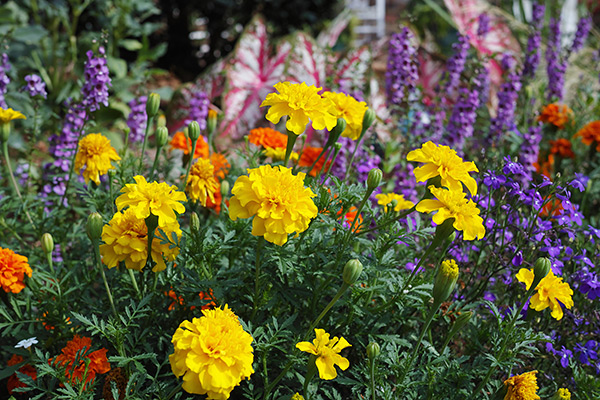 |
1/200s / f/6.3 / ISO 100 � converted in standard color profile with SPP |
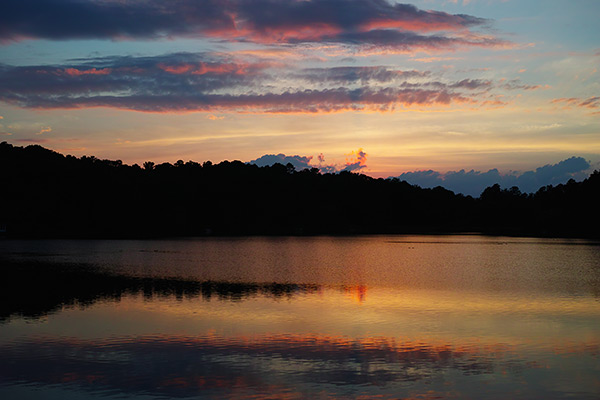 |
1/250s / f/5 / ISO 100 � converted in standard color profile with SPP |
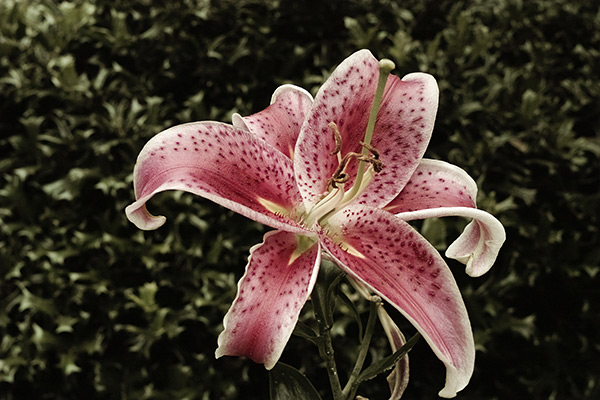 |
In-camera JPEG using the "Cine" color profile |
For additional gallery images, access to RAW files and EXIF data please visit our�DP2Q gallery page, and for our initial lab sample images please�click here. Our publisher Dave Etchells has also shared his take on just how to properly hold the uniquely-shaped dp2 Quattro, and that video can be�found here.
Stay tuned for much more to come on the Sigma dp2 Quattro.
[quick links:�Sigma dp2 Quattro���Gallery���Lab samples���Hands on video]
---
Nikon D810 First Shots posted: See Nikon�s new megapixel monster up close and personal
http://www.imaging-resource.com/news/2014/07/16/nikon-d810-first-shots-posted-see-the-performance-of-the-new-megapixel-mons
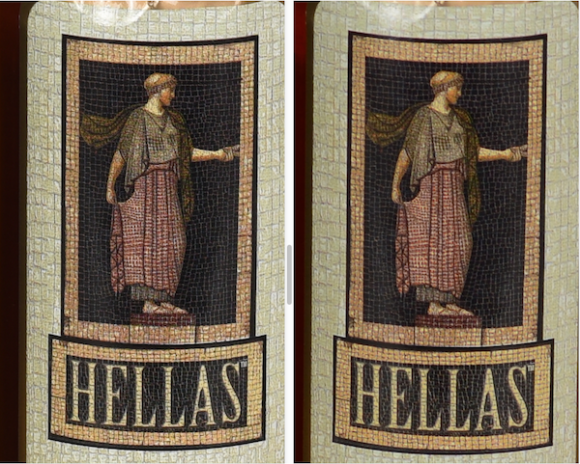 |
ISO 100: The Nikon D810 (left) compared to the Nikon D800E (right). |
Our�Nikon D810 Still Life test images�are shot across the full ISO range -- from the extended ISO 32 (yes, 32!), all the way up to 51,200 -- and, as usual, these are now available for side-by-side comparisons in our world renowned�Comparometer. Here you can put it up against its predecessor the D800E or its rivals like the�Canon 5D Mark III,�Sony A7R�or anything else you're considering as an alternative. From our samples page you can access images across the full ISO range, including access to the RAW files and EXIF data, as well as compare these images against the competition in our�Comparometer.
Happy pixel-peeping!
---
-----------------------------------------------------------------------------------------------------
POPULAR NEWS ON THE SITE
At http://www.imaging-resource.com/news you can keep track of the photo news on our main site. Among the most popular stories over the last couple of weeks:
- Panasonic 14-42mm f/3.5-5.6G II Lens Review: The little kit lens gets smaller, lighter and sharper
- Ricoh announces limited-edition gunmetal-gray Pentax K-3
- One new optic, another gets a name: Fuji reveals updated X-mount lens roadmap
- The new Sigma dp2 Quattro has a very unique design. Here�s how you hold it! (VIDEO)
- Photo tips from a National Geographic photographer: Olympus� Anywhere Classroom, Season 1
- Adobe updates Camera Raw, DNG Converter with Nikon D810, Panasonic GH4 and FZ1000 support
- Here�s why the next Android version is going to be awesome for photographers
- Using 50 Canon EOS 1D X cameras to create a ten second bullet time action sports clip
NEXT ISSUE
-------------------
We'll see you next on August 8th, with a regularly scheduled edition (and lots more news and analysis to share)!
SIGNOFF
--------------
That's it for now, but between issues visit our site for the latest news, reviews, or to have your questions answered in our free discussion forum. Here are the links to our most popular pages:
Newsletter Archive: http://www.imaging-resource.com/cgi-bin/dada-nltr/mail.cgi/archive/irnews
Daily News: http://www.imaging-resource.com/news
SLR Gear: http://www.slrgear.com
New on Site: http://www.imaging-resource.com/new-on-ir
Review Index: http://www.imaging-resource.com/camera-reviews
IR Photo Contest: http://www.dailydigitalphoto.com
Google + http://plus.google.com/+imagingresource
Facebook: http://www.facebook.com/imagingresource
Twitter: http://www.twitter.com/IR_Lab
Happy snapping!
Dave Etchells & the IR Editorial Team
nleditor@imaging-resource.com
(Please use this email address for any questions or other correspondence; it's the only one we're checking these days for Newsletter-related reader emails.)
You are currently subscribed to the Imaging Resource Digital Photography Newsletter as: BULK_EMAIL
To unsubscribe click: http://www.imaging-resource.com/cgi-bin/dada-nltr/mail.cgi/u/irnews/BULK_EMAIL
or visit: http://www.imaging-resource.com/IRNEWS/index-subs.html
The Imaging Resource, 1025 Wiley Bridge Road, Woodstock, GA 30188-4604
|
<< Previous: Digital Photo Newsletter - Volume 16, No 14 |
| Archive Index | |
The Imaging Resource Digital Photography Newsletter is published by Imaging Resource (http://www.imaging-resource.com) as an advertising-supported email newsletter to opt-in subscribers and simultaneously in HTML on the Web every two weeks. We bring you industry events like the Consumer Electronics Show, Photokina, and CP+ -- which we actually attend, providing live coverage on our Web site. And we report on digital cameras, storage mediums, scanners, printers, image editing software and services for digital imaging (like online photofinishing, framing and album sharing) as they are released. In addition we publish on-going tutorials designed to help you get the most out of their investment in digital imaging no matter what level of expertise you enjoy. Each newsletter will bring you excerpts from our latest tests and hands-on reviews, interesting photo-related stories, and the top news items on our site since the last issue.
Subscribe to IR-Newsletter:
Thanks for using our Subscriber Services!
![]()
Contact: [email protected]





